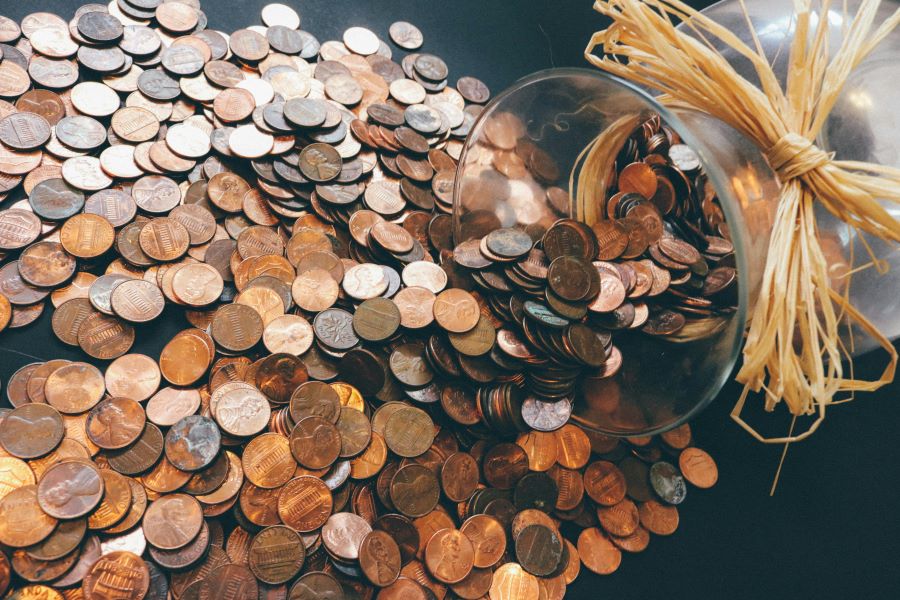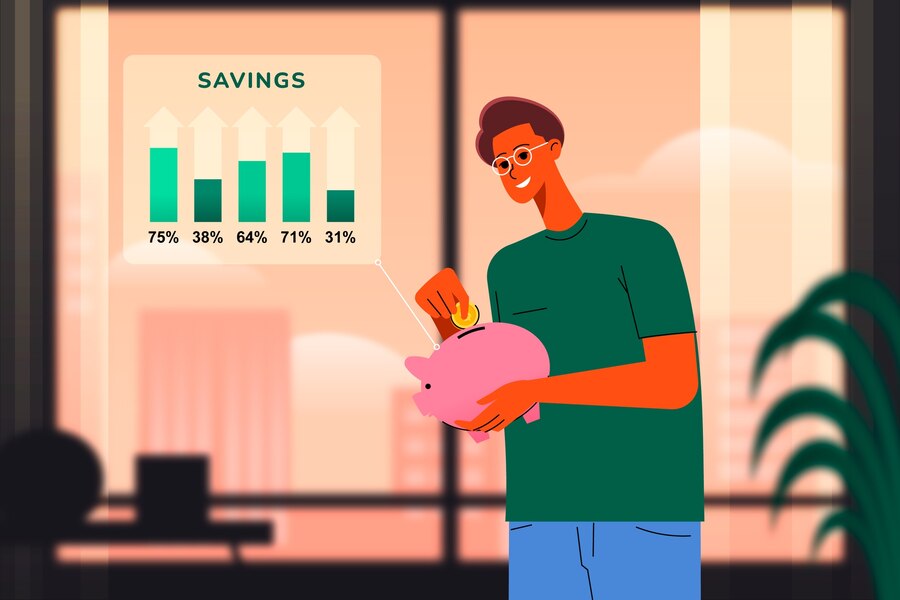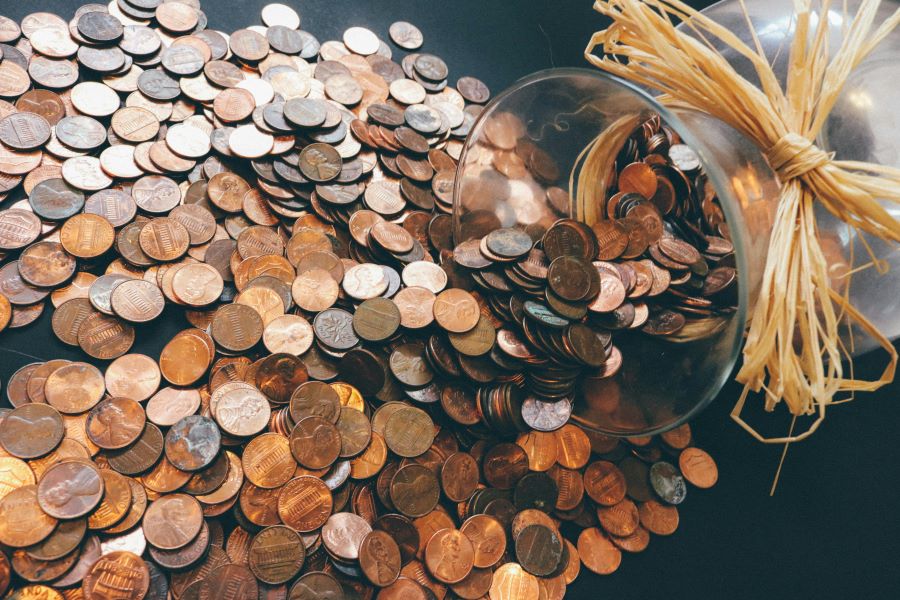Bank rate is a fundamental concept in the world of finance and economics, playing a crucial role in shaping monetary policy and influencing interest rates in an economy. Understanding what bank rate is, how it works, and the different types of bank rates is essential for individuals, businesses, and policymakers alike. In this blog, we will delve into the definition of bank rate, explore how it functions, and discuss the various types of bank rates that impact financial markets.
What Is Bank Rate?
Bank rate, also known as the discount rate or base rate, is the interest rate at which a central bank lends money to commercial banks within a country’s financial system. The central bank sets the bank rate as a tool to regulate liquidity, credit availability, and overall economic activity. Changes in the bank rate have a ripple effect on borrowing costs, investment decisions, and inflation levels in an economy.
Also Read: Difference between Unsubsidized and Subsidized Loans
How Bank Rate Works
The central bank uses the bank rate as a monetary policy instrument to influence the money supply, inflation, and economic growth. When the central bank raises the bank rate, borrowing becomes more expensive for commercial banks, leading to higher interest rates for consumers and businesses. This, in turn, can help curb inflation by reducing spending and investment. Conversely, lowering the bank rate stimulates borrowing and spending, encouraging economic growth.
Types of Bank Rates
Repo Rate
The repo rate is the rate at which the central bank repurchases government securities from commercial banks, injecting liquidity into the financial system. By adjusting the repo rate, the central bank can control the money supply and influence short-term interest rates in the economy.
Reverse Repo Rate
The reverse repo rate is the rate at which the central bank borrows money from commercial banks, absorbing excess liquidity from the system. A higher reverse repo rate incentivises banks to deposit funds with the central bank, reducing the money supply and curbing inflationary pressures.
Marginal Standing Facility (MSF) Rate
The marginal standing facility rate is the rate at which banks can borrow funds overnight from the central bank in emergencies. The MSF rate is typically higher than the repo rate and serves as a safety valve for banks facing liquidity shortages.
Also Read: How to Choose the Right Budget System: 5 Methods to Consider

Bank Rate
The bank rate, as mentioned earlier, is the rate at which the central bank lends money to commercial banks. Changes in the bank rate directly impact the cost of borrowing for banks, influencing lending rates across the economy.
Prime Lending Rate
The prime lending rate is the benchmark interest rate that commercial banks charge their most creditworthy customers. The prime lending rate is often linked to the central bank’s policy rates, such as the repo rate or bank rate, and serves as a reference for setting other lending rates.
Also Read: How To Refinance Your Second Home?
FAQs About Bank Rate
What is the significance of the bank rate in the economy?
The bank rate plays a critical role in influencing interest rates, credit availability, and economic activity. By adjusting the bank rate, the central bank can control inflation, stimulate economic growth, and maintain financial stability.
How does a change in the bank rate affect borrowing costs?
A change in the bank rate directly impacts borrowing costs for consumers and businesses. When the bank rate is raised, borrowing becomes more expensive, leading to higher interest rates on loans and mortgages. Conversely, a decrease in the bank rate can lower borrowing costs and stimulate borrowing and spending.
What factors influence the central bank’s decision to change the bank rate?
The central bank considers various factors, such as inflation levels, economic growth, employment data, and global economic conditions, when deciding to change the bank rate. The primary goal is to achieve price stability and sustainable economic growth.
How do commercial banks react to changes in the bank rate?
Commercial banks adjust their lending rates in response to changes in the bank rate set by the central bank. When the bank rate is lowered, banks may reduce their lending rates to attract borrowers. Conversely, an increase in the bank rate may lead to higher lending rates from commercial banks.
Can individuals benefit from understanding the bank rate?
Yes, individuals can benefit from understanding the bank rate, as it influences interest rates on loans, savings accounts, and other financial products. By monitoring changes in the bank rate, individuals can make informed decisions about borrowing, investing, and managing their finances effectively.


 Get App
Get App  Airtel Store
Airtel Store  Login
Login 


